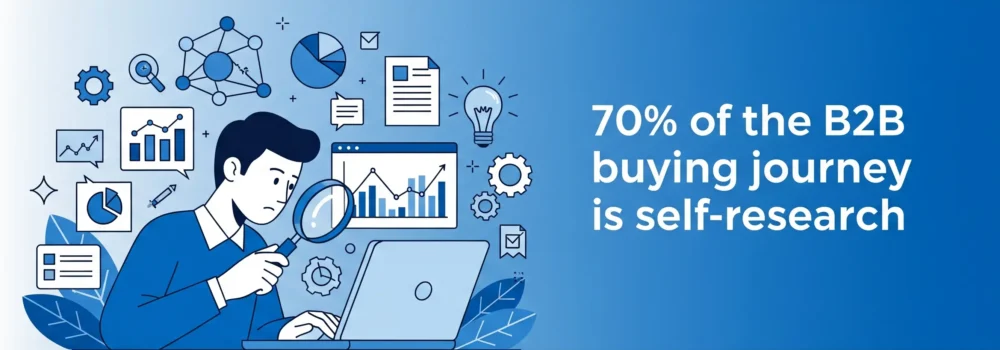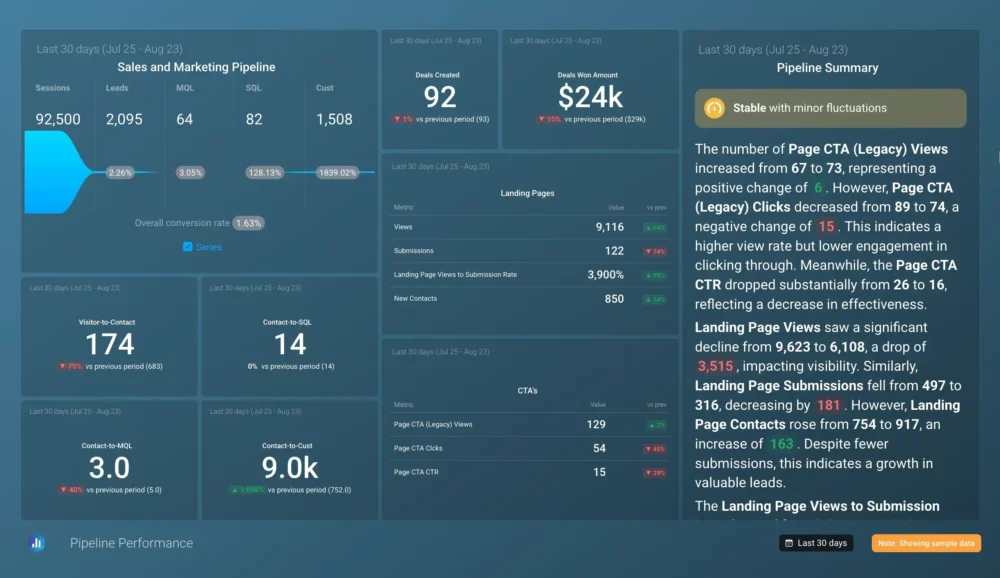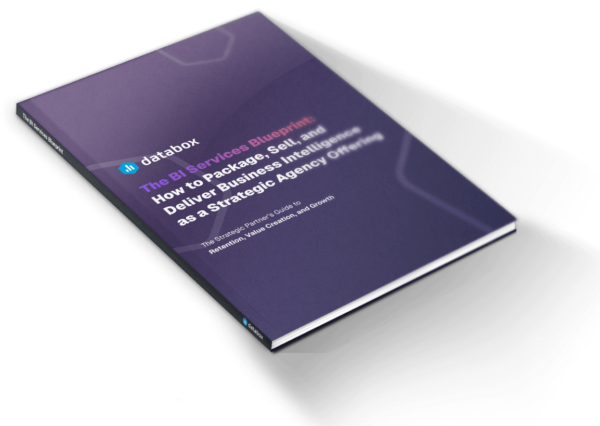Table of contents
Working at Signable, I get to speak with organisations of all shapes and sizes–from startups to large enterprises. Those conversations have given me a front-row seat to how selling has changed over the past few years.
When I first started in sales, it wasn’t unusual for a first conversation with a customer to be a product walk-through. We’d talk about features, answer a few questions, and hope that was enough to spark interest. Those days are gone.
Today’s buyers are more prepared than ever. In fact, recent research shows that B2B buyers now spend about 70% of their buying journey doing their own research before ever talking to a vendor. They’ve read the reviews, compared competitors, and often know exactly what our product can do before they’ve even met me. The easy wins from “showing and telling” are rare now.

What buyers don’t have–and what they still value–is clarity. Clarity about their own challenges, clarity about the outcomes they want, and clarity about which solution will get them there fastest. That’s where my guiding principle comes in: understand before you recommend.
Here’s what you’ll learn in this article:
- Why rushing into solutions can backfire in today’s sales landscape
- How to uncover the real problem your buyer is trying to solve
- What strong discovery looks like (without sounding scripted)
- How to use data to validate and iterate on your approach
- Why listening is still your most underrated sales tool
1: Why ‘understand before you recommend’ really matters
It’s tempting to think that the faster we propose a solution, the more efficient we are. In reality, rushing into recommendations can mean we’re solving the wrong problem–or at least, not solving the most important one.
Understanding before recommending means slowing down enough to truly see the situation from the other side of the table. It’s about perspective, context, and alignment. Without those, even the best product pitch is a shot in the dark.
In my experience, when you apply this mindset, conversations shift. They stop feeling transactional and start feeling collaborative. Buyers become partners in solving a problem–and that makes decisions happen faster, not slower.
2: What ‘understanding’ really looks like
When I say “understand” I’m not talking about following a rigid set of discovery questions. I mean developing a clear, shared picture of what matters most to the person in front of you.
That can include:
- Success vision: What does a win look like for them this quarter, this year, or even longer term?
- Constraints: What’s limiting progress right now–resources, time, or something less obvious?
- Opportunities: Where are they missing potential gains they haven’t yet spotted?
It’s less about a script and more about curiosity. That curiosity is what allows you to connect your solution in a way that feels relevant, not generic.
3: When the real challenge is deeper than it seems
Over the years, I’ve seen countless situations where the first challenge a client brings up isn’t actually the one that matters most. For example, a business might initially say they want to improve the speed of a process. But when you explore further, you find that the real issue is the knock-on effect on revenue, customer retention, or team capacity.
Once that bigger picture comes into focus, the conversation shifts. The problem becomes more urgent, and the solution far more compelling. It’s a reminder I carry into every conversation: the presenting challenge is often just the tip of the iceberg.
4: Measuring what matters
One of the things that keeps me committed to this approach is that I can see it works. I track the outcomes–conversion rates, deal size, sales cycle length–and look for trends over time.
That’s where having a central view of your metrics makes a real difference. Tools like Databox make it easy to bring data from multiple sources into one place, so you can spot patterns you might otherwise miss. I use dashboards like the Sales Overview and Pipeline Performance to stay on top of what’s working and what needs adjustment.

Pipeline performance dashboard template by Databox
And if your business uses multiple systems, our Signable API can integrate eSignatures with your CRM and other platforms. That kind of connected tech stack supports the “understand first” mindset–because when your tools talk to each other, you get the full picture, and your recommendations are based on facts, not assumptions.
5: Listening is your competitive edge
If there’s one thing I’d encourage you to take from this, it’s that listening is a competitive advantage. In markets where products and pricing can be matched, how you engage is often what makes the difference.
So instead of focusing on being the first to offer a solution, focus on being the one who understands the situation best. That’s how you become more than a vendor–you become a trusted partner.

What is Signable?
Signable is one of the UK’s leading electronic signature providers. We help businesses simplify and secure their digital signing workflows–no matter the team size. Learn more at signable.co.uk.
Try it this week: Your consultative selling challenge
If you’ve read this far, here’s my challenge:
Pick one thing you can do this week to “understand before you recommend” in your sales conversations.
- Maybe it’s giving yourself more time to explore the client’s goals.
- Maybe it’s summarising what you’ve heard before offering a solution.
- Maybe it’s asking that one question that gets to the heart of their challenge.
Then track what happens. Use a free Databox Sales Dashboard to monitor your progress–like conversion rate, sales cycle, or deal size. It’s often the smallest shifts that drive the biggest wins.














